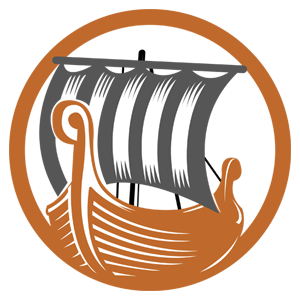

Mexico City, sprawling and cosmopolitan, you could make it your life’s mission to explore the plentiful restaurants. If you only have three days in Mexico City, consider these three dining establishments the quintessential restaurants for all three meals of the day. How did we choose these three? Luckily, we had the savvy Chilanga (native from Mexico City) Teresa to guide and curate our culinary experiences and she chose the best of the best.
Friday Dinner: El Cafe de Tacuba
Modestly tucked away near the historic district, restaurant El Cafe de Tacuba is over a hundred years old. The ancient, colonial artistry drapes your senses the moment you enter the portal to this gorgeously decorated colonial blast to the past. Housed in a former convent from the 18th Century, we were welcomed by a friendly skeleton clothed in a nun’s habit who will happily pose with you. Murals of nuns making mole, talavera pottery from Puebla, as well as brass chandeliers and stained class surround you . The extensive menu is traditionally Mexican and the Tacuba specialities with their signature sauces are recommended. Here, is where we were first introduced to a tequila shooter with a spicy tomato juice chaser soon to become our go-to drink. Mariachis, their sound a cut above the usual, took requests and serenaded us. Having made the trek from San Diego that day, this celebration topped off the night.



Saturday Brunch: El Cardenal
El Cardenal is located at the Hilton Hotel in Mexico City Reforma. My expectations were low thinking this would be a formulaic hotel breakfast. I couldn’t have been more mistaken. We were a little late for our reservation (two hours). Today was the Day of the Dead parade, so our face makeup took precedence that morning. We attempted to mimic the high society skeleton lady Catrina who has become the icon of Day of the Dead. Our guide Teresa’s makeup was extraordinary, but our makeup (the gringos) varied from looking like Dracula to a Dalmatian puppy. Finally seated, we began our brunch with hot chocolate.
In Mexico, a good mug of hot chocolate has some delicious espuma, or froth, on the top. Traditionally, this is created with a molinillo or chocolate stirrer. The molinillo is inserted into the hot chocolate, usually while the liquid is still in the jug.The server then takes the handle of the stirrer between her palms and spins it quickly back and forth in the liquid and is then poured into the cups, warm and frothy. I generally don’t like Mexican hot chocolate because I find it too cinnamony and too chocolaty. This hot chocolate is perfect: not too sweet, creamy, and chocolate heaven. Add in the best Mexican pastries called pan dulce and savory omelettes like flor de calabaza (zucchini flower) and pumpkin omelette and you have a savory, sabroso breakfast.





Sunday Comida: La Gruta

La Gruta Restaurant
Comida is the main meal of the day in Mexico, usually around two or three in the afternnon. For our Sunday comida, we headed out to the famous pyramids of Teotihuaccan passing them and ending up at the restaurant La Gruta located in a deep grotto cave, not far from the Pyramid of the Sun (definitely worth seeing!). The immense cave seats 700 people but seems intimate with its light coming from candles and the openings to the sky.
We opted for the Dia de los Muertos package that included an incense cleansing with a marigold wreath, a visit to the secret private cave for an Aztec guided meditation, a guided driving tour of the pyramids, an ofrenda (altar to honor the dead) and a preplanned comida that started with bone marrow served in the bone. It continued with a marigold soup poured over goat cheese, spices and nuts. A chicken mole that even non-fans would like along with Bohemia beers and tequila shooters and, of course, the now requisite tomato juice chasers. Aztec warriors and Catrinas dance on the nearby stage adding even more theatrical levels to this immersive experience.
If you can only go to one of these three restaurants, I’d recommend La Gruta as being the most memorable.




